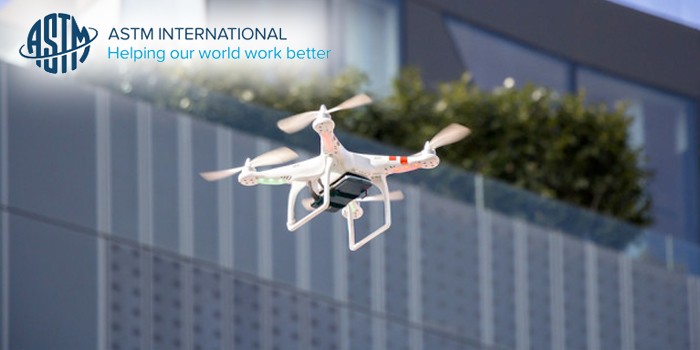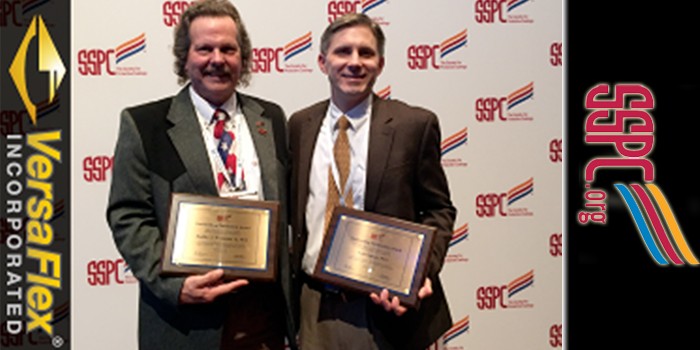New ASTM Standards Aim to Help with Building Facade Inspections, Including Drone Use

WEST CONSHOHOCKEN, PA – February 16, 2016 – A newly published ASTM International guide provides standard notation, syntax and symbols for facade inspections while a second guide has been proposed to standardize how drones are used for facade inspections.
The first standard (E3036, Guide for Notating Façade Conditions in the Field) will save time by providing engineers, architects and others with a common way to use and understand symbols, according to ASTM member Michael Petermann, a principal at Wiss, Janney, Elstner Associates.
“This standard will be particularly useful to building owners who maintain a database on the conditions of their facade,” says Petermann. “As periodic inspections occur, they can perform side-by-side comparisons of databases and drawings to confirm if conditions have worsened. With the standard, they won’t waste time translating between notation systems of different firms.”
RELATED SSPC Awards Dudley J. Primeaux & Todd A. Gomez Outstanding Publication Award
A second standard, also from ASTM’s task group on facade inspections, is being developed: Guide for Visual Inspection of Building Facades Using Drones (WK52572). The task group hopes this guide will address the growing need for camera-equipped drones to document facade conditions through video and still photography.
“This proposed standard will improve the quality of inspections by allowing drones with high-quality cameras to provide close-up views of parts of facades that can’t otherwise be seen,” says Petermann. He notes that drones are crucial in inspecting difficult-to-access areas such as the top of windowsills and appurtenances.
The proposed standard will likely include general guidance for safety, a protocol for video-scanning facades, storage of scan results for future use, and more.
In the U.S., nine cities require periodic facade inspections to uncover unsafe conditions and prevent collapse in about 18,000 buildings.
ASTM welcomes participation in the development of these standards from engineers, architects, drone manufacturers, and others.
*Main photo courtesy of © Bigstock.com/smuki
The first standard (E3036, Guide for Notating Façade Conditions in the Field) will save time by providing engineers, architects and others with a common way to use and understand symbols, according to ASTM member Michael Petermann, a principal at Wiss, Janney, Elstner Associates.
“This standard will be particularly useful to building owners who maintain a database on the conditions of their facade,” says Petermann. “As periodic inspections occur, they can perform side-by-side comparisons of databases and drawings to confirm if conditions have worsened. With the standard, they won’t waste time translating between notation systems of different firms.”
RELATED SSPC Awards Dudley J. Primeaux & Todd A. Gomez Outstanding Publication Award
A second standard, also from ASTM’s task group on facade inspections, is being developed: Guide for Visual Inspection of Building Facades Using Drones (WK52572). The task group hopes this guide will address the growing need for camera-equipped drones to document facade conditions through video and still photography.
“This proposed standard will improve the quality of inspections by allowing drones with high-quality cameras to provide close-up views of parts of facades that can’t otherwise be seen,” says Petermann. He notes that drones are crucial in inspecting difficult-to-access areas such as the top of windowsills and appurtenances.
The proposed standard will likely include general guidance for safety, a protocol for video-scanning facades, storage of scan results for future use, and more.
In the U.S., nine cities require periodic facade inspections to uncover unsafe conditions and prevent collapse in about 18,000 buildings.
ASTM welcomes participation in the development of these standards from engineers, architects, drone manufacturers, and others.
*Main photo courtesy of © Bigstock.com/smuki
Disqus website name not provided.




































